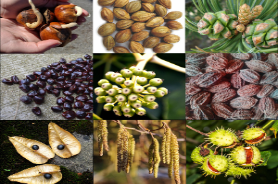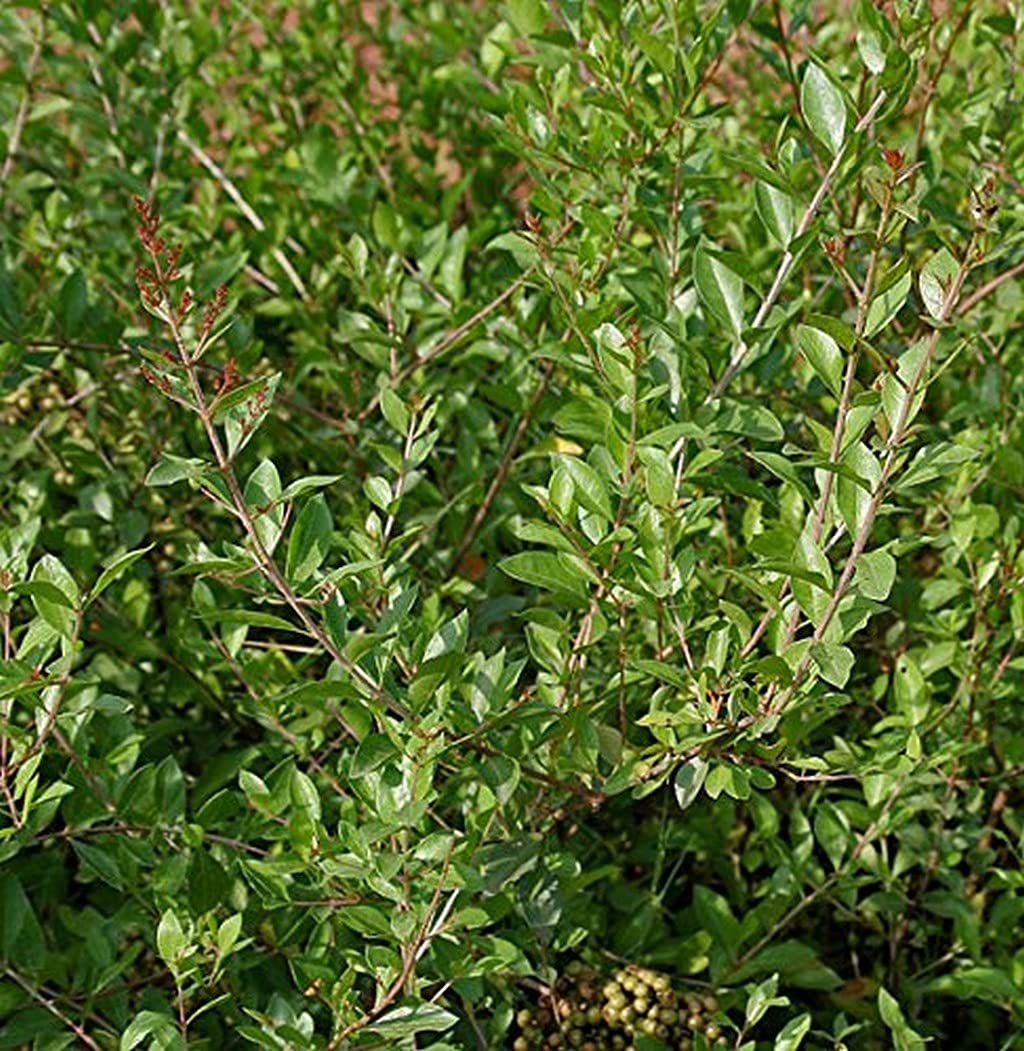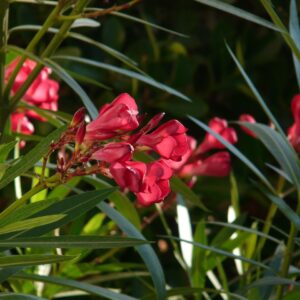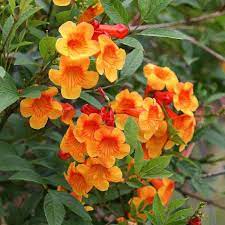Lawsonia inermis, commonly known as Henna or Mehandi, is a small flowering shrub that belongs to the family Lythraceae. Native to regions in Africa, Asia, and the Middle East, it is highly regarded for its historic and cultural significance. The plant is valued for its leaves, which contain a natural dye used for body art, hair coloring, and traditional ceremonies.
**Appearance**
Henna is a multi-branched shrub that can grow up to 6 meters (20 feet) in height. It has dense, opposite, and oblong leaves that are about 2 to 4 centimeters (0.8 to 1.6 inches) in length. The leaves are dark green, smooth, and have a leathery texture. Henna produces fragrant, small, white or pink flowers that appear in clusters.
**Cultivation**
Lawsonia inermis thrives in warm and arid climates. It prefers full sun exposure but can tolerate partial shade. The plant is adaptable to various soil types, including sandy or loamy soils, as long as they are well-draining. Henna requires regular watering but is relatively drought-tolerant once established.
**Uses**
The leaves of Lawsonia inermis are the main attraction and hold cultural and traditional significance. The leaves are dried, crushed, and ground into a fine powder, which is then mixed with water to create a paste. This paste, known as henna or mehandi, is used for various purposes:
1. Body Art: Henna paste is applied to the skin in intricate patterns, creating temporary tattoos. It is a popular art form for celebrations, weddings, and festivals in many cultures.
2. Hair Coloring: Henna is used as a natural hair dye. When applied to the hair, it imparts a reddish-brown tint, providing a safe and chemical-free alternative to synthetic hair dyes.
3. Medicinal Uses: In traditional medicine, henna is believed to have cooling and soothing properties. It is used topically for its anti-inflammatory, antimicrobial, and antifungal effects. It is also believed to promote hair and nail health.
**Cautions**
While henna is generally safe to use, some individuals may experience allergic reactions. It is recommended to perform a patch test before applying henna paste to the skin or hair. Additionally, commercially prepared henna products may contain additives or chemicals, so it is advisable to choose pure, natural henna products.
**Conclusion**
Lawsonia inermis, or Henna/Mehandi, is a culturally significant plant known for its leaves, which are used for body art, hair coloring, and traditional ceremonies. With its fragrant flowers and dark green leaves, it adds beauty and holds cultural significance in many regions. Whether used for temporary tattoos, hair coloring, or traditional practices, Henna/Mehandi has a rich history and continues to be celebrated for its natural dyeing properties.













Reviews
There are no reviews yet.